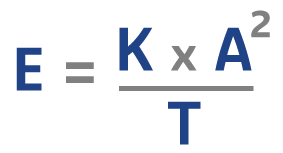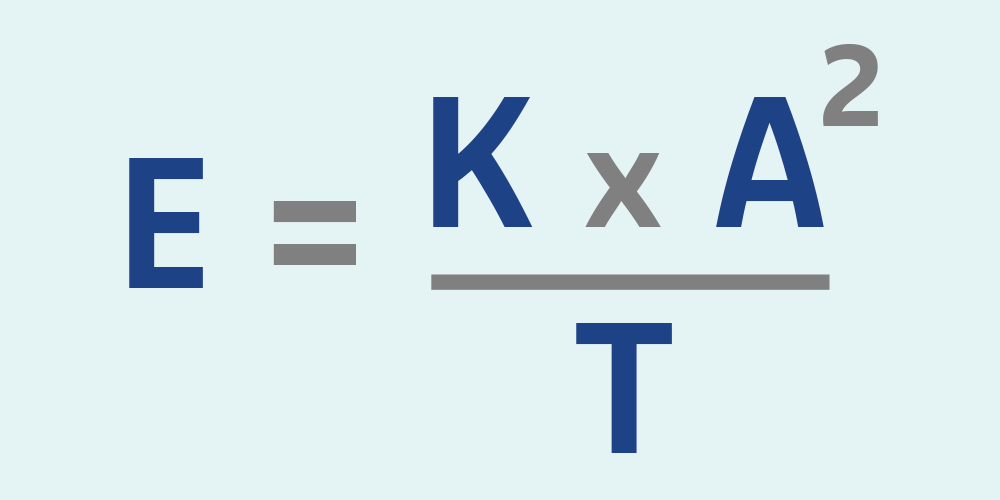The process-effectiveness formula: the importance of acceptance within the organization for innovation
A process is only effective if it is accepted within the organization...
This sounds obvious, right? Unfortunately, in practice it is not as obvious as it seems. Too often, managers design processes on an island, only to miss the mark in gaining buy-in from colleagues.
The consequences? They can range from irritated colleagues to processes that are so screwed up that the costs of failure are incalculable.
In this blog we discuss the importance of acceptance within an organization for innovation, and how to get buy-in from all stakeholders.
Acceptance rate: what do we mean by that?
We explained in a previous article how to smartly describe processes together using the Process Model Canvas. In it, we emphasized the importance of not designing and describing a process yourself on an island, and then "imposing" it on the colleagues who will carry it out.
No, you design and describe a process together with all stakeholders. Think of all the people involved in a process: from customers to employees, from managers to suppliers. They all have their own ideas, needs and expectations. Only by involving them in the design of the process can you create something that really works for all stakeholders.
But inclusion in the design process alone is not enough: once a process is designed and described, it must also be accepted and embraced by everyone in practice. And that is what we mean by acceptance rate: the degree to which people within an organization accept new ideas or changes to a process.
The degree of acceptance does not only revolve around the people executing the process, but also senior management and specialists from, for example, quality management, IT, HR, risk management and knowledge management.
Three groups within acceptance rates
When we talk about acceptance of a process, we can distinguish three groups:
- The doers: these are the colleagues who directly implement the process. They are the ones who will be most affected by changes in the way things are done. In this case we talk about creating acceptance: "we are willing to accept the process because we have given our input and our feedback is taken into account".
- The managers: they play an important role in ensuring that changes are actually implemented in the organization. They must provide support and resources to those directly involved in the process. In this case we talk about creating support: "we recognize the process and the process agreements and will do everything to ensure that it will be implemented in the right way."
- The specialists: they often have a lot of knowledge about the organization and its processes. They can provide valuable input to improve a process, and they too must be willing to accept changes to a process.
Only when the majority within all three groups is behind a new process or idea, the acceptance level will be high enough to actually make the change.
Unfortunately we witness in many organizations that processes are only accepted by 1 or 2 of these groups.
Consider the following situation: the KAM manager designs a process to improve quality. Upper management is not engaged, because "that's what they hired the quality manager for, right?"
Then the process is "forced" on the performers, who are then blamed when it doesn't work. The quality management specialist has trouble getting buy-in from the doers, but continues to insist that the process be followed to the letter. Senior management pretends to ignore it.
The result: a high rejection rate and a low acceptance rate for the new process. Consequently, the process will not be effective.
In some cases, this even leads to the process being reverted to the old way of working because it simply didn't work.
The process-effectiveness formula: the importance of acceptance and speed
To clarify the importance of the acceptance rate, we like to use the following formula within Comm'ant:

Effectiveness of a measure = Quality of the measure x Acceptance rate squared / divided by implementation time
How does this formula work? Let's start with the simple version first, namely what is also called Maier's Law.
1. E = K x A
Effectiveness of the process = Quality x Acceptance Rate
This sounds logical, right? For a new process or a change to an existing process to be effective, it must be of good quality and accepted by stakeholders.
But - there is more to it. Or rather, in practice it is worse than this simple formula suggests. Without acceptance, a process will not work, no matter how high the quality. So the formula changes to:
2. E = K x A²
Effectiveness of the process = Quality x Acceptance rate squared
What we show with this is that a process or measure can be of such high quality, but the degree of acceptance weighs so heavily on the effectiveness that it can still fail.
This is often the case when a process or measure is imposed on employees without their input or involvement. In such cases we see a high degree of resistance and a low acceptance rate. The result is that the process or measure just doesn't work, no matter how good it is.
But there is another catch. In practice, it often takes longer to implement a process than we would like. And that also affects the effectiveness of a measure. So the "Comm'ant process effectiveness formula":
3. E = K x A² / T
Effectiveness of process = Quality of process x Acceptance rate squared / divided by implementation time
The longer it takes to implement a process, the lower the effectiveness. This may be because slow implementation leads to a loss of momentum and motivation, for example. In addition, when implementing a process, it is important to be able to iterate quickly and improve as needed, which is more difficult with a slow implementation cycle.
Therefore, it is important to keep the implementation time as short as possible so that the effect of a process or measure is not diluted.
7 tips to increase acceptance from all stakeholders
How do you ensure that a process or measure is accepted by all stakeholders? Here are a few tips:
- Don't forget the human factor. A process or measure will only be successful if it takes into account the people who have to work with it, and if management recognizes the process agreements. Therefore, make sure that all stakeholders are involved in the design and description of the process. Do this by working together on the Process Model Canvas.
- Work together on the process. Yes, we said it above, but this point is so important that we cannot repeat it often enough. Only if you work on a process together with all those involved will its implementation be accepted in practice.
- Model the process. After the process has been designed on paper, you will model the process in the management system such as Comm'ant. With this you ensure that the agreements are clear and accessible to all involved and that the processes are stored in a structured way.
- Communicate, communicate, communicate. Make sure everyone understands the rationale behind the process and what is expected of them.
- Train, support, and coach. Give employees the training and support they need to be successful within the process. And don't forget to provide feedback and recognition along the way.
- Be flexible. Be willing to repeat and improve the process or measure as needed based on employee feedback.
- Celebrate successes together. When a goal is achieved, it is important to celebrate it together, as this builds trust and commitment.
Conclusions
The acceptance rate of a process is often an understudied issue, but it is essential to the success of the process. So pay attention to the buy-in of all three groups: the doers, the management and the specialists. Work together to design and describe a process using the Process Model Canvas (download the free template here!). And finally, make sure the process and agreements are made transparent to all stakeholders with a management system like Comm'ant.
De Nederlandse versie van dit blog tref je hier »



